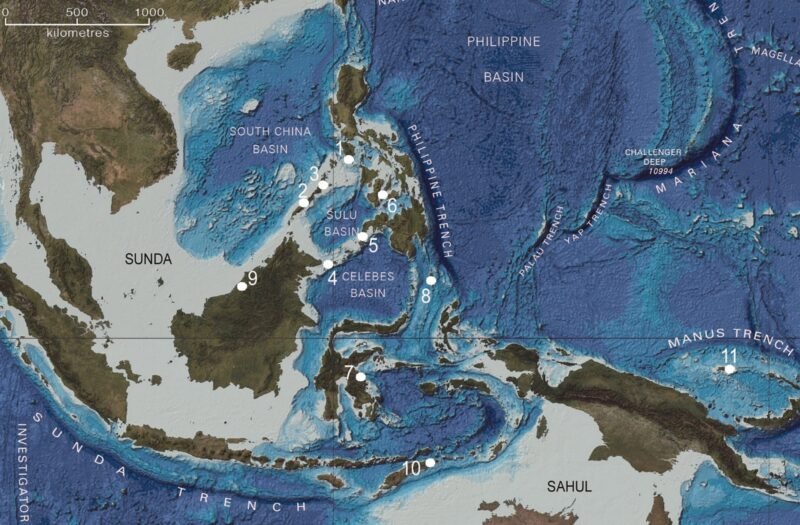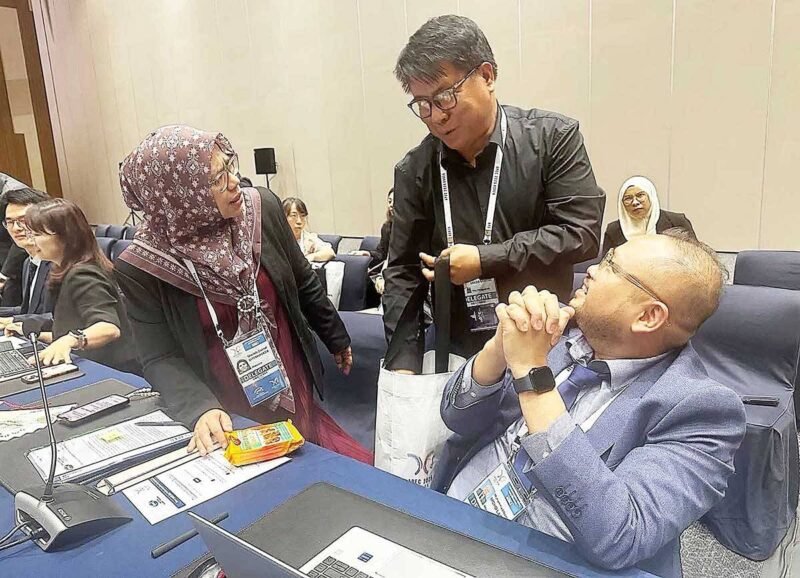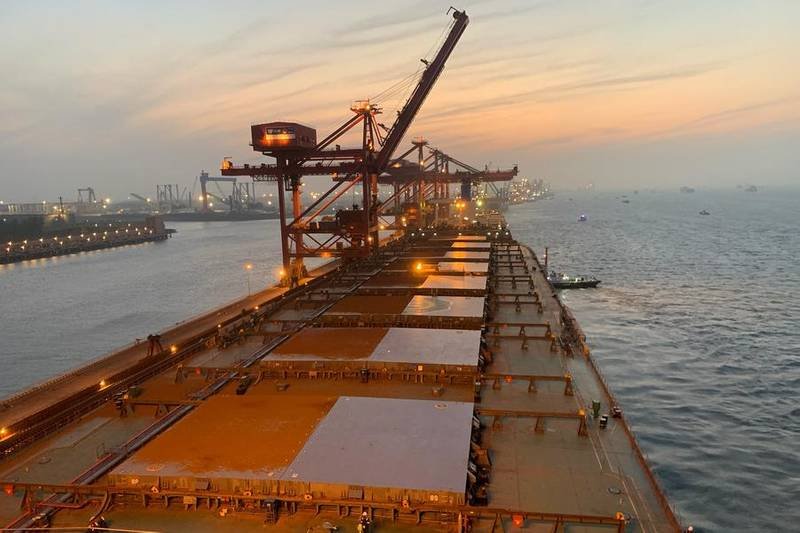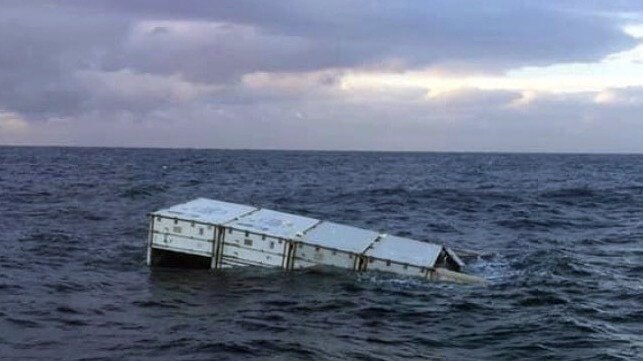In a significant 15-year archaeological study, researchers from Ateneo de Manila University, in collaboration with global experts, have revealed the crucial role of the Philippine archipelago in ancient maritime Southeast Asia. Their findings trace a narrative of human migration, technological advancements, and intercultural relations dating back over 35,000 years, showcasing the Philippines as a key player in early maritime activities.
The Mindoro Archaeology Project has unearthed some of the oldest evidence of anatomically modern humans in the region, particularly on Ilin Island and in areas like San Jose and Sta. Teresa, Magsaysay. Notably, Mindoro, unlike most Philippine islands, has always required sea crossings for access, which likely drove the development of advanced seafaring technologies among its early inhabitants.
Artifacts such as human remains, tools, and fishing gear indicate that these communities were adept at utilizing both land and marine resources. Remarkably, evidence shows that they were already engaging in sophisticated fishing practices over 30,000 years ago and establishing connections with distant islands.
The findings from Mindoro suggest a vast maritime network facilitating cultural and technological exchange across Island Southeast Asia, reshaping the understanding of human migration and adaptation in the region. The latest research, authored by a team of experts, adds depth to the prehistoric narrative of the Philippines.
Share it now


















